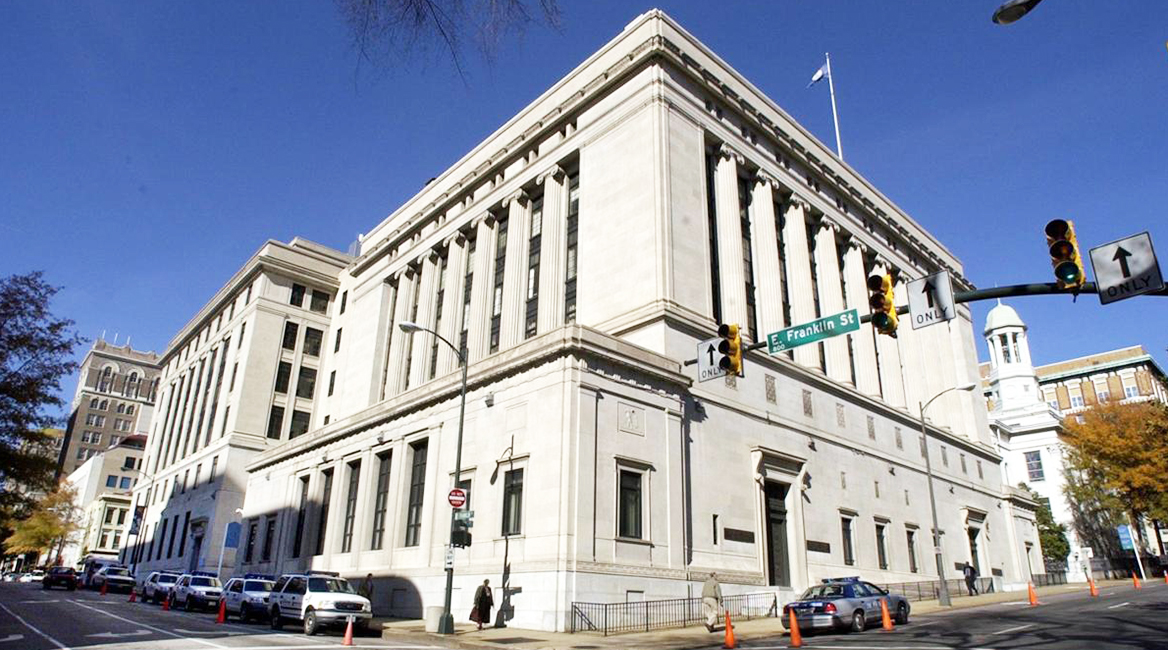
On August 29, 2019, the Virginia Supreme Court determined in Helmick Family Farm, LLC v. Commission of Highways that the reasonable probability of a rezoning is a factor that should be considered when determining the just compensation owed in a condemnation case. In a 4-3 decision, the Court held that the Culpeper Circuit Court erred when it excluded the landowner’s evidence that it was reasonably probable that its property would be rezoned to a commercial designation at the time of the taking. Walsh Colucci represented the landowner at trial and on appeal.
At the time of the taking, the landowner’s property was zoned Agricultural, but a portion of it, including the property taken by VDOT, was designated as Commercial within the Culpeper County Comprehensive Plan and was within the County’s Urban Services Area. In addition, it had more than 2,000 feet of road frontage on Poor Farm Road and access to Route 666.
Despite these characteristics, VDOT’s appraiser determined that the property should only be valued as if it was agricultural land with no development potential and therefore concluded that it was worth $6,300 per acre. The landowner’s appraiser and zoning expert, on the other hand, believed it was reasonably probable that the property would be rezoned to a commercial designation in light of many factors including the zoning and use of surrounding properties and the Board of Supervisors’ pattern of approving similar rezoning applications. As a result, the landowner’s appraiser concluded that the property was worth $130,000 per acre after comparing it to commercially and industrially zoned properties and applying a discount to account for the inferior zoning.
The Circuit Court, however, excluded the landowner’s evidence related to the reasonable probability of rezoning and would not permit its appraiser to testify. With no experts to support the landowner’s theory of the case, the condemnation commissioners sided with VDOT’s appraiser and awarded $22,592 in compensation.
On appeal, the Virginia Supreme Court reversed the Circuit Court based on “[a]n avalanche of authority from other jurisdictions” that evidence of the reasonable probability of rezoning should be considered. The Court established a framework for determining the admissibility of such evidence under which the landowner bears the burden of proving such reasonable probability of rezoning. According to the Court, factors relevant to establish this reasonable probability include,
the rezoning of nearby property, growth patterns, change of use patterns and character of neighborhood, demand within the area for certain types of land use, sales of related or similar properties at prices reflecting anticipated rezoning, physical characteristics of the subject and of nearby properties and, under proper circumstances, the age of the zoning ordinance.
The Court clarified that even if there is a reasonable probability of its rezoning, the property cannot be valued “as though the rezoning were already an accomplished fact.” Instead, “[i]t must be evaluated under the restrictions of the existing zoning and considerations given to the impact upon market value of the likelihood of a change in zoning.”
In Helmick, the majority of the Court agreed that the landowner proffered sufficient evidence to allow the condemnation commissioners to consider the evidence. As a result, it found that the Circuit Court erred in excluding it and remanded the case back to the Circuit Court for a new trial, where the landowner intends to present its evidence regarding the reasonable probability of rezoning.
For more information about the case or to discuss an eminent domain matter, contact Michael J. Coughlin at mcoughlin@thelandlawyers.com or 703-680-4664.






